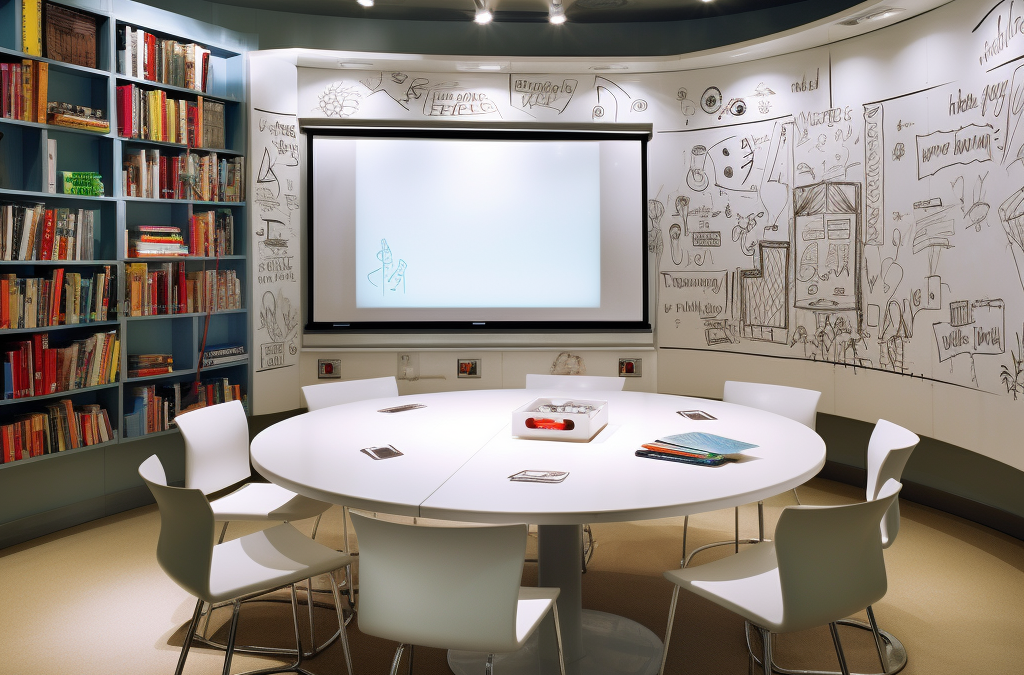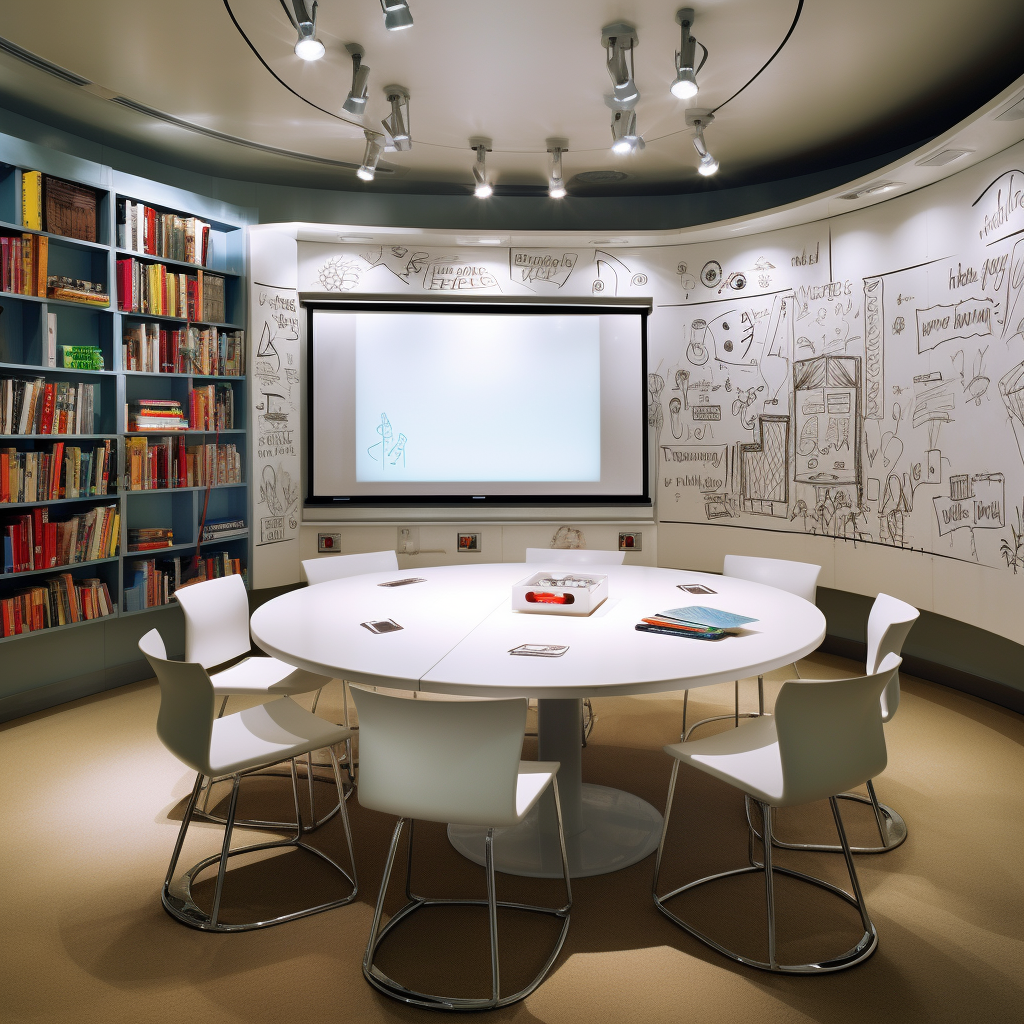Dry Erase Painted Wall in Entertainment: Where Art Meets Function
The entertainment industry constantly evolves, with storytelling, visuals, and meticulous planning creating remarkable experiences. Standing at the forefront of this revolution is the concept of Dry Erase Painted Wall – a dynamic surface that can be used for various purposes in theater, film production, and event planning. These walls are a perfect blend of functionality and artistic expression, and their transformative impact has been widely showcased within renowned productions and events.
Dry Erase Walls are increasingly becoming an essential tool for professionals operating in the entertainment industry. They provide a perfect platform for brainstorming, help maximize efficiency, and enable creative processes to flourish. From theatrical performances to films and event planning, these multifunctional canvases are helping to shape the world of entertainment: allowing artists to express themselves while fostering impeccable planning. In an ever-evolving industry, “Dry Erase Painted Wall” has emerged as both a catalyst and a canvas – ready to spur creativity and foster efficiency.
Enhancing Collaboration and Planning
One of the primary ways dry erase painted walls elevates the entertainment industry is by enhancing collaboration and planning. The theater industry, for instance, has embraced these walls as dynamic spaces for directors, producers, and actors to gather and brainstorm ideas. During rehearsals and production meetings, these walls serve as expansive canvases where scene layouts, blocking, and character development can be mapped out in real-time. This collaborative approach fosters open communication and allows for on-the-fly adjustments, ultimately leading to smoother productions.
In event planning, dry erase painted walls have become invaluable assets. Event planners use them to sketch floor plans, seating arrangements, and decor concepts. This visual planning not only helps in ensuring that every detail is meticulously organized but also allows clients to have a tangible visualization of their event’s layout. The ability to make changes and annotations directly on the wall simplifies the planning process and streamlines communication between planners and clients.
Storyboarding and Visualizing Concepts
Dry erase painted walls have also revolutionized how the entertainment industry approaches storyboarding and visual concept development. In the film and television sector, directors and production teams utilize these walls to map out scenes, shot compositions, and visual narratives. The fluidity of dry erase markers enables quick adjustments, which is essential in the ever-evolving filmmaking landscape. The ability to see the entire story come to life on a wall fosters creativity and aids in making informed decisions about shot sequences.
Event designers and decorators leverage dry erase walls to visualize event concepts and decor schemes. These walls serve as blank canvases where event themes, color palettes, and decorative elements can be sketched and refined. Clients can actively participate in the creative process, making adjustments and suggesting changes directly on the wall. This collaborative approach ensures that the final event design aligns perfectly with the client’s vision.
Showcasing Artistic Ideas
Dry erase painted walls have emerged as platforms for showcasing artistic ideas in the entertainment industry. In theaters, these walls serve as spaces where set designers can sketch and present their creative visions. The ability to draw, erase, and redraw allows for iterative design processes that refine stage sets to perfection. Additionally, actors can use these walls for character development, jotting down notes, and practicing lines, enhancing the overall quality of performances.
In production studios, dry erase walls have a similar role in presenting and refining artistic concepts. Music producers, for example, may use these walls to notate musical scores, explore different chord progressions, or visualize soundscapes. Visual artists in the entertainment industry also benefit from the flexibility of dry erase walls, using them as platforms for sketching and experimenting with visual elements. These walls encourage a dynamic, hands-on approach to artistic expression, resulting in richer and more immersive entertainment experiences.
Transforming Pre-Production Meetings
Dry erase painted walls have transformed pre-production meetings in the entertainment industry. In the theater world, directors, set designers and costume designers gather around these walls to discuss and visualize the creative direction of a production. These meetings often involve sketching costume ideas, stage layouts, and lighting concepts directly on the wall. The ability to view collaborative ideas in real time enables efficient decision-making and promotes alignment among all stakeholders.
Similarly, dry erase walls have become central to pre-production meetings in film and television production. Screenwriters use them to outline plot points, story arcs, and character development. These visual aids serve as powerful tools for brainstorming and refining scripts. Producers and directors can use dry erase walls to map out shooting schedules, plan logistics, and visualize the overall structure of a project. The flexibility and interactivity of these walls streamline the pre-production process, leading to more organized and successful productions.
Facilitating Artistic Workshops and Training
Entertainment professionals often engage in artistic workshops and training sessions to enhance their skills. Dry erase painted walls have found a place in these educational settings, serving as dynamic teaching tools. In theater workshops, acting coaches and directors use these walls for character development, scene analysis, and improvisation exercises. Actors can sketch character relationships and emotions, facilitating a deeper understanding of their roles.
In film and television production, dry erase walls are used in storyboarding and shot planning workshops. Cinematographers and directors of photography can demonstrate camera angles and shot compositions directly on the wall, providing visual guidance to their teams. These walls also serve as spaces for collaborative learning, where aspiring filmmakers and actors can actively participate in the creative process. The entertainment industry fosters skill development and creative exploration by incorporating dry erase painted walls into artistic workshops and training.
Case in Point: Theatrical Productions
To illustrate the practical applications of dry erase painted walls in the entertainment industry, let’s delve into a hypothetical example within the realm of theatrical productions. Imagine a theater company preparing for a complex and visually stunning stage production. In the early planning stages, the director, set designer and lighting designer gather in a rehearsal room equipped with dry erase painted walls.
The director begins by sketching the overall stage layout, indicating key set pieces and entrances. The set designer joins in, refining the sketches and adding details about the set’s aesthetics. As the ideas flow, the lighting designer chimes in, marking potential lighting cues and effects on the wall. This collaborative process lets the team visualize the production’s creative direction in real-time.
As rehearsals progress, actors and costume designers use the dry erase walls to map out character interactions, costume changes, and blocking. The walls serve as dynamic storyboards, enabling the team to experiment with different staging options and refine the performance. Throughout the production, the dry erase walls remain a central hub for creativity and communication, contributing to the successful realization of the theatrical vision.
Conclusion
In the ever-evolving landscape of the entertainment industry, dry erase painted walls have emerged as dynamic tools that bridge the gap between artistic expression and functionality. From enhancing collaboration and planning to facilitating storyboarding and showcasing artistic ideas, these walls have left an indelible mark on theaters, production studios, and event planning companies. The ability to visualize concepts, make real-time adjustments, and actively engage in the creative process has revolutionized the way entertainment professionals work.
As we’ve explored hypothetical examples and practical applications, it becomes evident that dry erase painted walls have become integral to the creative journey in the entertainment industry. These multifunctional canvases empower professionals to bring their artistic visions to life, whether on stage, in front of the camera, or at unforgettable events. With their adaptability and versatility, dry erase walls continue to reshape the entertainment industry, ensuring that every creative idea has the space to flourish and evolve.



Recent Comments